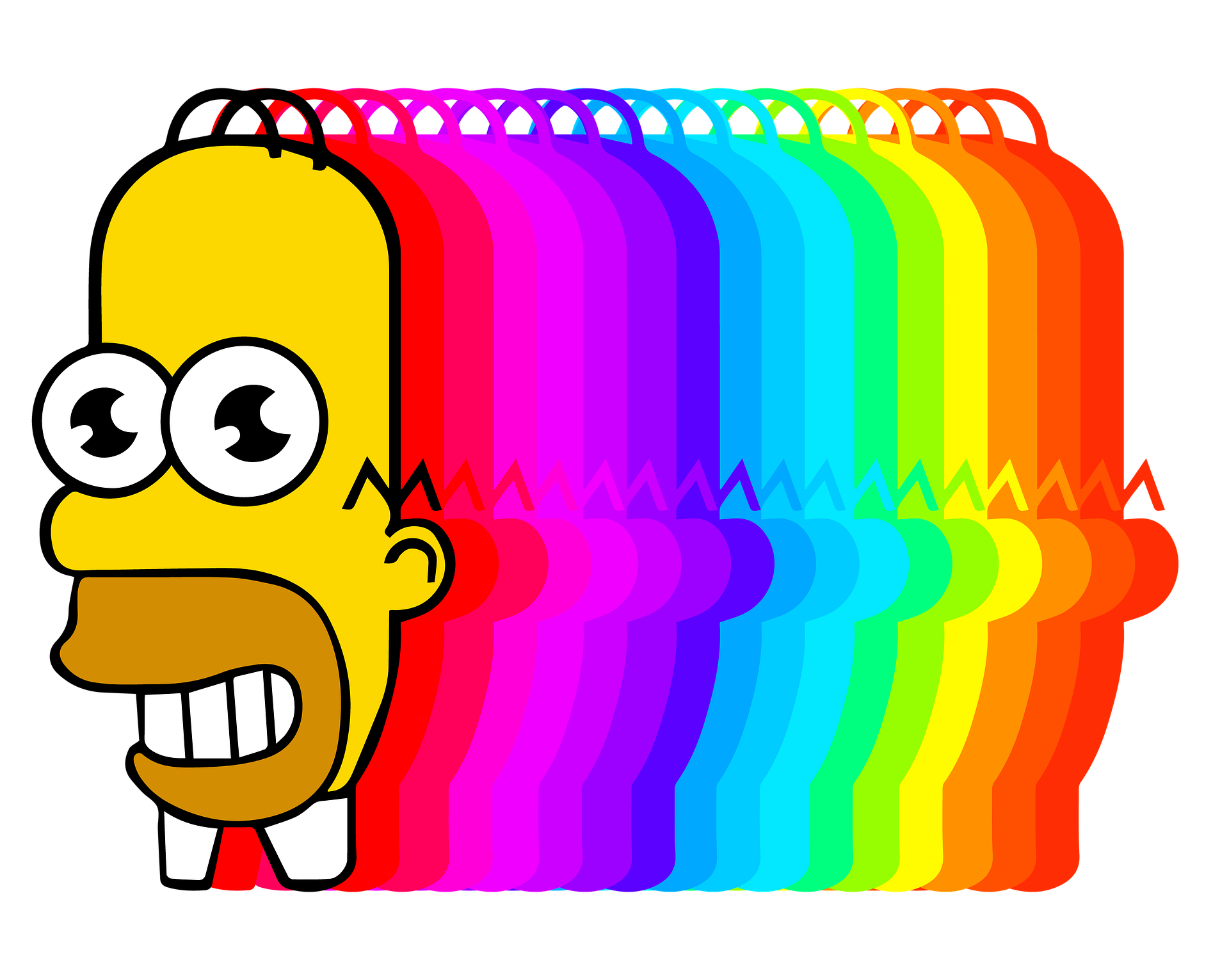Assume that not all Need-Solution Pairs [1] have been discovered and that the diffusion of new solutions is Bassian [2]. What is going on with Web3? By Web3, I mean the set of technologies that includes decentralized applications (dApps), distributed ledger, protocols, Decentralized Autonomous Organizations (DAOs) and related cryptographic technologies. It’s a superset that doesn’t just include decentralized finance (DeFi) and regenerative finance (ReFi), decentralized science (DeSci), memecoins, shitcoins, Non-Fungible Tokens (NFTs) and cryptocurrencies, smart contracts and oracles, but all the things rooted on Peer to Peer, decentralized technology and the general concept of trustlessness. Web3 suffers from the same accessibility problems that the World Wide Web suffered from in early 1990s. It was brutal to dial up and log[…]
Category: Product Management
Why is it easier for an individual to identify a valuable problem and solve it in a startup than it is in a business? Will be the same in most Decentralized Autonomous Organizations (DAO)? In this post, I’ll argue that information is a key enabler that makes it all the easier for an individual to identify and solve valuable problems. If we’re in the age of information, then why does information seem so scarce? The reasons for information scarcity are many and emergent, including status-quo preservation and self-identity protection. To understand the resistance to solving a valuable problem, it’s useful to think of Lock-In [1] and to mark the distinctions between startups, businesses and DAO’s. A startup is not a[…]
If a quality attribute is an adjective describing something, and a virtual good is something that does not occupy a physical space, then what kind of quality attributes could be used to describe a virtual good? The most common physical goods (I.e. found in the real world; found in meatspace) that most humans come into daily contact with are clothing and water. Many come into contact with the floor of their shelter and experience walls and a roof. Not enough humans come into contact with enough protein, carbohydrates, and fats. Physical goods are physical, and we experience them all the time. Many humans don’t ever encounter any virtual goods. Virtual goods aren’t physical. These words, the ones you are reading[…]
It’s quite astonishing to think about just how much human knowledge exists, and just how diffuse its distribution is. It’s hard for any individual to tell. There are clues though. Knowledge is a major way that people create distinctions among one another, so it stands to reason that you can get a sense for how knowledge is distributed by looking at the distinctions people make amongst themselves. The knowledge of French and the knowledge of English creates a distinction between two rather large groups. The knowledge and application of ancient stories is another. The knowledge of how to shape a piece of wood, or stone, or glass used to be a pretty huge distinction. There are entire identities put in[…]
What are the quality attributes and need-solution pairs of Web3? At minimum, the key quality attribute is decentralization. The key matching need is fairness. There are good reasons why this is so. I’d love to be able cite someone that there is a natural tendency for humans to centralize power. I’d love for that statement to be axiomatic. I can cite quite a few papers that appear to just take it as a given (Aristotle (301 BCE, Machiavelli (1513), Bloomfield and Coombs (1992)). But, I can’t find a passage for the axiom anywhere. For the purposes of this post, I’m importing the assumption as a truth: there is a tendency for people to centralize to power. Decentralization is a counter-force[…]
A quality attribute, in systems engineering, is a non-functional requirement. I think of them as adjectives that describe a system. They’re useful tools. There are dozens of quality attributes in systems engineering: accessibility, accuracy, durability, flexibility, observability, repeatability, safety, sustainability, testability, upgradeability, usability, vulnerability and so on. They’re useful tools because they’re the core of discriminator statements, and as such, can help us think about Need-Solution Pairs. Quality Attributes and Need-Solution Pairs What if, in the context of a Need-Solution pair (von Hippel and von Krogh (2016)), a solution can have a large number of quality attributes? When comparing a product to a substitute, you can think of faster, cheaper, and easier. This laptop is faster than that one. It’s[…]
Von Hippel is onto something with the idea of need-solution pairs. This is how I understand the idea: Most management literature is focused on problem definition. (See: James G March for one of the best models of how problems drives search). Often, searches are sparked by a problem. But what if it isn’t always sparked by a problem? Von Hippel argues that search isn’t always motivated by formalized problems. Sometimes people are just discovering alternatives based on needs, and then, they compare a new alternative to the status quo. If the alternative is predicted to be better than the status quo, then the alternative will be substituted. If not, it’s rejected. This is a kind of a neat way to[…]
“I’m seeing things Believe me I’ve never seen before Little things Deceive me” Seeing Things, Theme Song, 1981 One common formula for a product vision comes from Steve Blank (2010, 2020). It goes like this: “For <customer segment> our product, <product name> is a <name the sector that customers say> that <benefit>. Unlike <competitors>, our product <discriminator>. Our product is <product name>.” And each bit of that formula can be systematically turned into a set of hypotheses that can be tested and refined until the vision is sufficiently true, or likely, to create a wonderful business if scaled. Blank himself repeats that entrepreneurs are rule breakers, so it’s really up to them which ones they want to break. Osterwalder and[…]
“Consider organized anarchies.” (Cohen, March and Olsen, 1972) Product management exists within the context of organized anarchies. Within that context, product managers do their best to create, read, update, and destroy elements of a product roadmap. There are a few definitions of what a product roadmap is. From Atlasssian: “A product roadmap is a shared source of truth that outlines the vision, direction, and progress of a product over time.” Another: “A product roadmap can be seen as a key element of an organization that maps out the vision and direction of the product offering. It describes the way how a product or a product portfolio is going to meet a set of business objectives and the work that is required[…]
Leopold makes the argument that business agility isn’t software agility [1]. It’s a very good argument. Here’s a few ways to think about Leopold’s insight. Most products are static. A pie is made, purchased, and consumed. As are most physical goods: toasters, fans, mattresses, tables and so on. Most goods leave a residue behind but their core essence is completed. A toaster will persist in the landfill unless it’s dug up later. Otherwise, it’ll go onto form a line in the geological strata. Most virtual goods are static too. A lottery ticket, a podcast, a book, a brand marketing campaign, an episode of Avenue5. Most of these goods are shipped and then they’re effectively gone from their creators. They leave[…]










